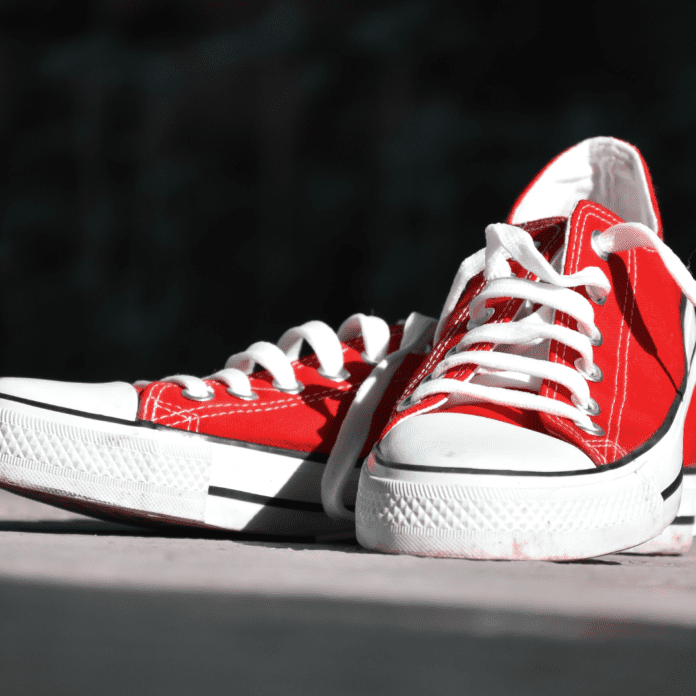The key to comfortable footwear is to find one that fits well. There are some specific situations where excessively tight shoes can be necessary, but overall, shoes that fit properly are most comfortable. Generally, softer materials are more comfortable, as are lower heels. The next step is to choose the type of material that best provides arch support and stability.
Flexible
When it comes to choosing the right shoes, it’s important to make sure that they offer flexibility and breathable support. Flexible comfort footwear will help you avoid sore feet and blisters, and they’re also more comfortable to wear. Look for shoes with a heel height no higher than the front part of the sole.
Flexibility is important when walking or hiking. High-arched feet do not absorb shock well and can result in muscle or joint strains. A pair of flexible shoes will imitate the natural curves of the foot and provide support and comfort on rough terrain. For example, Loom Footwear makes a waterproof walking shoe with a Merino wool upper and excel case outsole for shock absorption and impact resistance.
Supportive
Supportive footwear is one of the best ways to ensure your foot health. Not only does this type of footwear provide added cushioning and support, but it can also prevent many common foot conditions. For example, it can help alleviate pain associated with flat feet and hammertoe. It can also prevent the need for costly foot surgeries.
Sturdy
Sturdy footwear is important to ensure that your feet are as comfortable as possible. Whether you’re walking the dog, jogging, or cycling, you’ll want to have adequate cushioning and support for your feet. You’ll also want a shoe with ample space for your toes, so they don’t bang against the end of the shoe. The toe box should be at least a finger’s width wide.
There are many styles of walking shoes available to suit your needs. The Adidas Terrex AX4 is an excellent choice if you’re planning on taking long walks. They have a sturdy Continental sole and grippy sole and provide good support over long distances. Although they don’t have the ankle support of full boots, they’re still comfortable enough to wear on multi-hour walks. Moreover, they’re waterproof. The Gore-Tex lining means your feet won’t get wet, even if you’re walking in the rain.
A sturdy walking shoe should also be comfortable and lightweight for all-day wear. It shouldn’t be overly bulky, which makes it difficult to walk in. The outsole should be made of rubber and should be durable. Avoid running shoes and cross trainers if you’re planning to go on long walks. Finally, you should choose shoes that won’t overheat when worn all day. These can be made of leather or mesh, which are breathable materials.
Fashionable
When shopping for footwear, comfort should be a top priority. There are several styles of comfortable footwear that will not harm your feet and are still fashionable. These styles include ballet flats, Mary Janes, and loafers. All of these styles look great with dresses and are a great alternative to high heels.
No Break-in Period
If you’re a regular runner, you’ve probably noticed that new running shoes can feel uncomfortable – especially around the toes. They may also rub against the heel and pinch with each step. This is because leather shoes need time to break in, as leather is an organic material that stretches when it adapts to your feet. The length of the break-in period varies with the style, leather, and sole of the shoe, but it usually takes between three to four weeks.
When purchasing new shoes, it is important to have them properly fitted. It’s best to take them to a professional shoe fitter as soon as possible so that they can help you find the proper size. A properly fitted pair of shoes will be less likely to require a break-in period than one that wasn’t.
For shoes with thick leather uppers and soles, the break-in period may be shorter or even nonexistent. This is because leather is softer and stretchy, which makes it easier for your foot to get into and stretch.
Built-in Arch Support
Arch support is an essential feature for everyday footwear. Not only will it make your shoes more comfortable, but it will also help prevent injuries. Flat feet tend to overpronate while walking, which puts you at risk of developing injuries such as shin splints, bunions, and bone spurs. In addition, a foot that does not have arch support can develop calluses.
If you’re looking for a way to support your arch without adding bulky arch support, there are plenty of options available. Some of these products are made specifically for different types of arches, such as high arches and low arches. However, they’re not a cure-all solution. For people who don’t experience any pain or discomfort while walking or running, arch support may not be needed.
Besides avoiding foot pain, arch supports can improve stability on uneven surfaces. Some arch supports are removable, so you can use them on or off as needed. However, you should consider the type of shoes you’re buying before choosing arch support. For example, some sneakers don’t accumulate full-size insoles, while others have detachable insoles.





